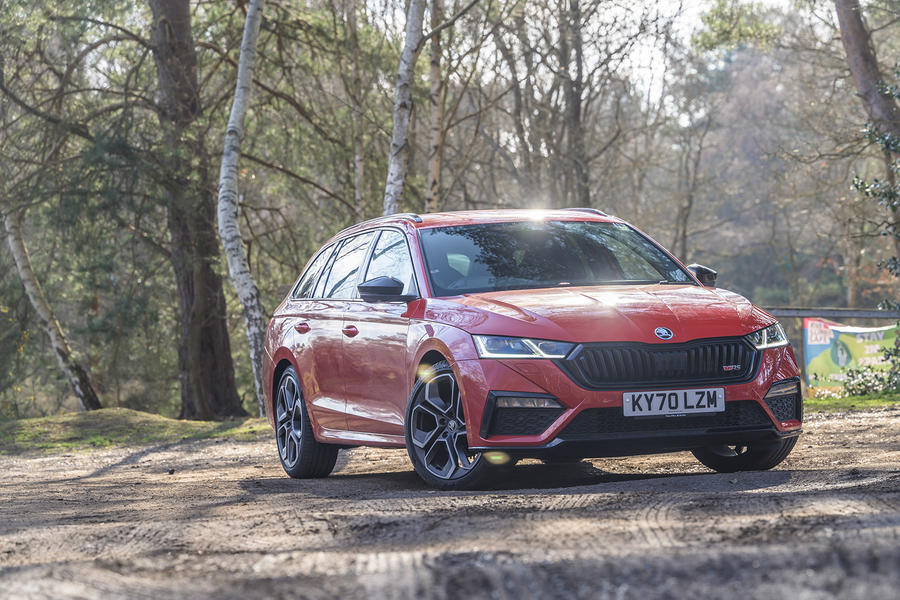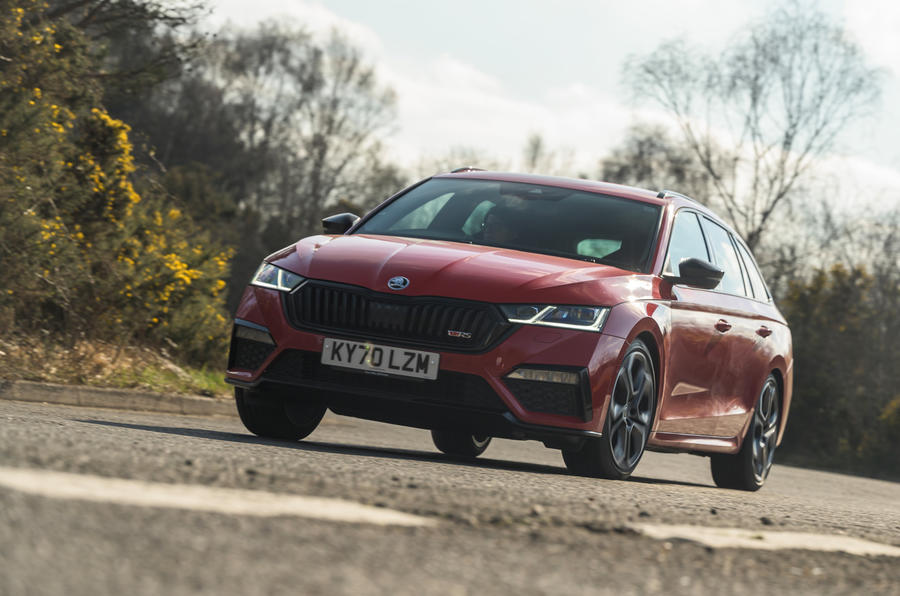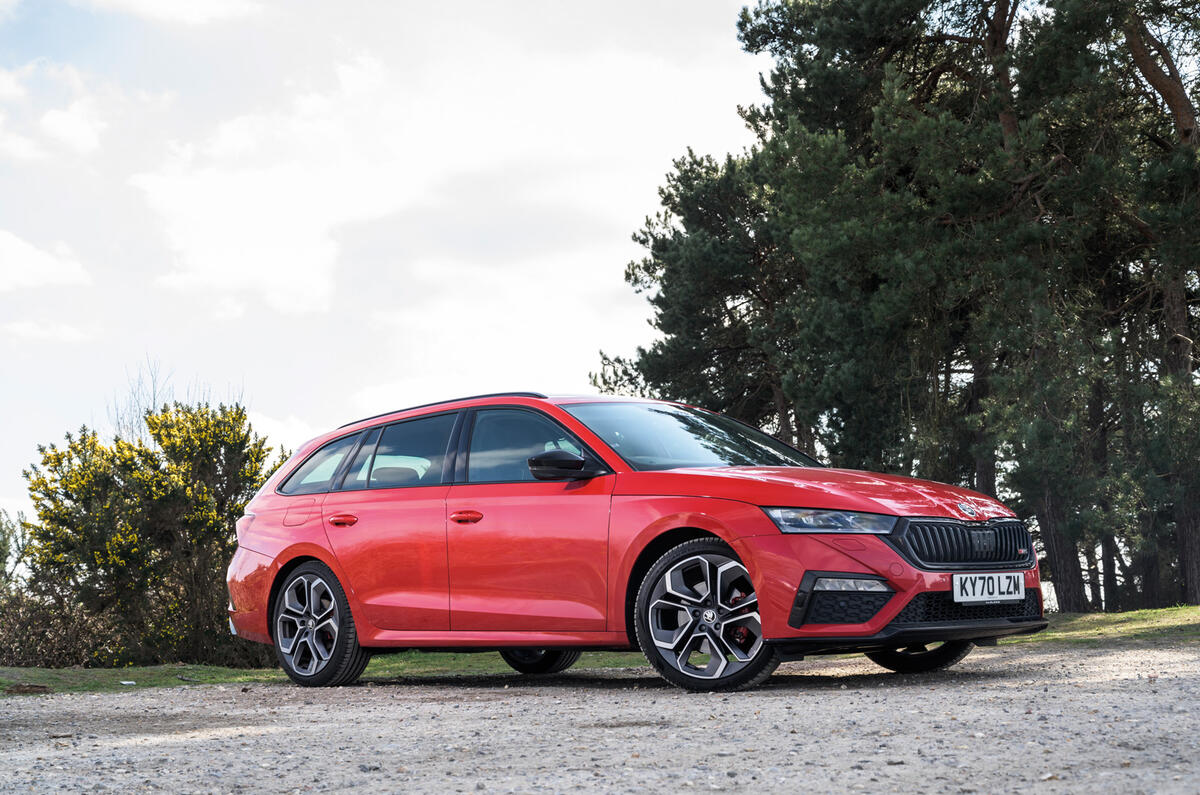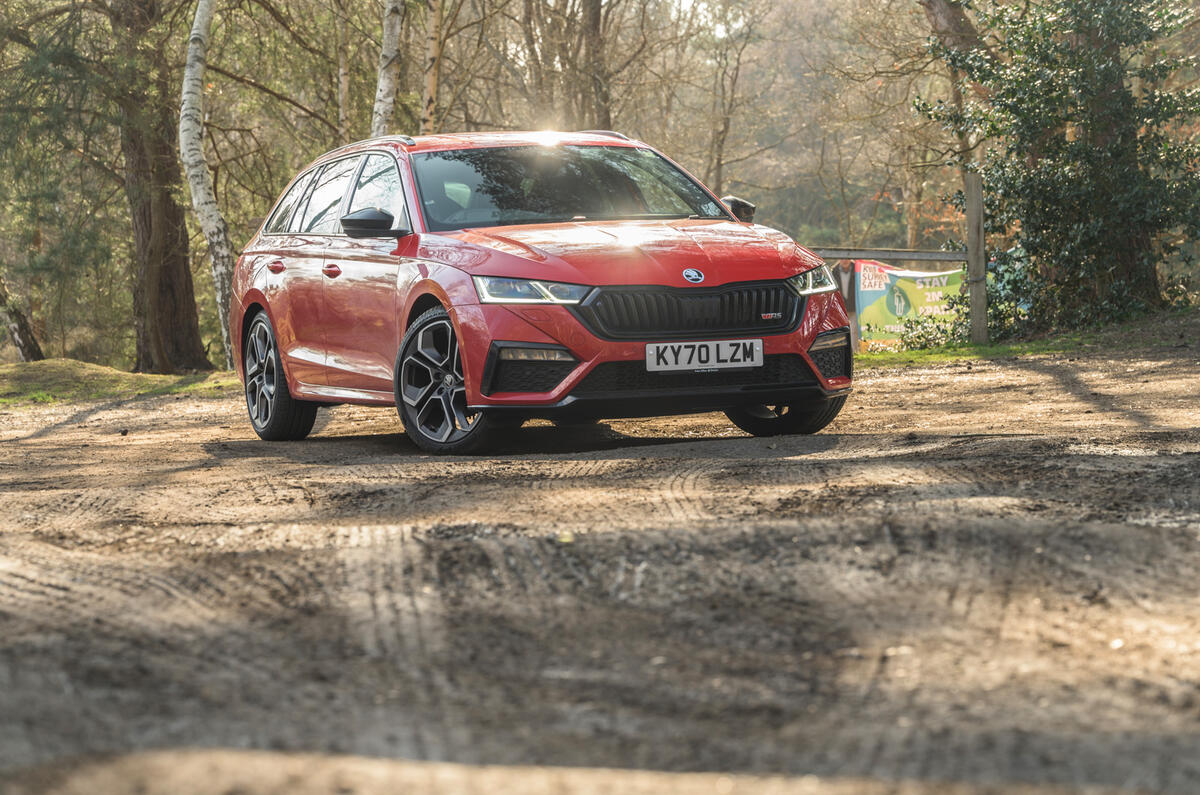Why we ran it: To discover whether this fourth- generation best-seller continues to impress as the left-field family car
Month 8 - Month 7 - Month 6 - Month 5 - Month 4 - Month 3 - Month 2 - Month 1 - Specs

Life with a Skoda Octavia: Month 8
Is there still a place for a quick diesel estate in 2021? Our last report reveals all - 22 September 2021
It’s been 20 years since Skoda’s vRS performance line was launched, after which it quickly gained cult status in the UK. Even those who find Skoda’s mainstream range lacking a certain je ne sais quoi – and I’m not one of them, incidentally – can be won round by vRS models, which typically stand for fast, fun and relatively affordable driving.
The Skoda Octavia vRS launched the performance range in 2001 and our fourth-generation Skoda is based on the same principles two decades later. Back then, the only way was petrol– a 1.8-litre four-cylinder, specifically – but the world is a different place now. Today, the vRS line is limited to the Skoda Octavia vRS and Skoda Kodiaq vRS (although the first electric vRS model, the Skoda Enyaq vRS, will come soon), but the Octavia offers a choice of vRS powertrains: there are petrol, diesel and plug-in hybrid options this time round.
So, after more than six months with the diesel Skoda Octavia estate (including a brief sojourn to the iV plug-in hybrid variant), does it live up to expectations? Diesel doesn’t excite me in the way that petrol does for performance cars – and that’s true for most fans of warm and hot hatches – but observing the excellent fuel economy our diesel vRS has consistently delivered makes it entirely understandable why this fuel still takes a fifth of new sales, mostly to business drivers.
Our car has often easily matched its claimed economy of 55.9mpg and frequently surpassed it into the 60s. I do a decent mix of driving, but plenty around town, so with even more motorway miles, it would have been better still. Yes, the plug-in hybrid has higher figures – 176.6-235.4mpg officially – but that requires plenty of pure-electric power. If you’re a frequent reader, you’ll know I don’t have a driveway and the not-so-close lamp-post charging points were out of action for a significant amount of my time with the car.
Plus, while it seems right to offer a plug-in hybrid variant as most of us slowly adapt to an electrified future, the diesel – for now – is clearly the better driver’s car of the two, benefiting from significantly less weight and better braking. The diesel is 0.1sec slower in the 0-62mph benchmark sprint, at 7.4sec, but this is a perfect example of where figures don’t tell the whole story. If you’re in the market for a diesel vRS, you presumably know not to expect GTI levels of performance but are interested in enjoying the limits of the car a step or five ahead of a standard Octavia. Whenever I’ve had the chance to be on empty countryside roads, it feels fun and capable, with good body control and not too much compromise on ride quality. It’s not thrilling per se, but that’s a tall order here, I’d say.






































































Join the debate
Add your comment
I get paid more than $90 to $100 per hour for working online. I heard about this job 3 months ago and after joining this I have earned easily $10k from this without having online working skills . Simply give it a shot on
the accompanying site... Findpay1.com
The stop-start feature where it starts the engine if the vehice in front moves away is stupid and one of the reasons I never use it on my Octavia 3. If the car in front creeps forward the engine starts automatically but I am not moving, so after a minute it shuts down again. And repeat. It is just annoying in heavy traffic. Perhaps the Octavia 4 is better but I doubt it. After 4 of them as company cars (low Co2, good lease, low BIK) I see the Octavia as a great car let down by flakey tech.
The Octavia needs to stop being compared to the Golf. The Golf feels tiny in comparison, be amazed if many people at all even consider them as interchangeable or comparable.